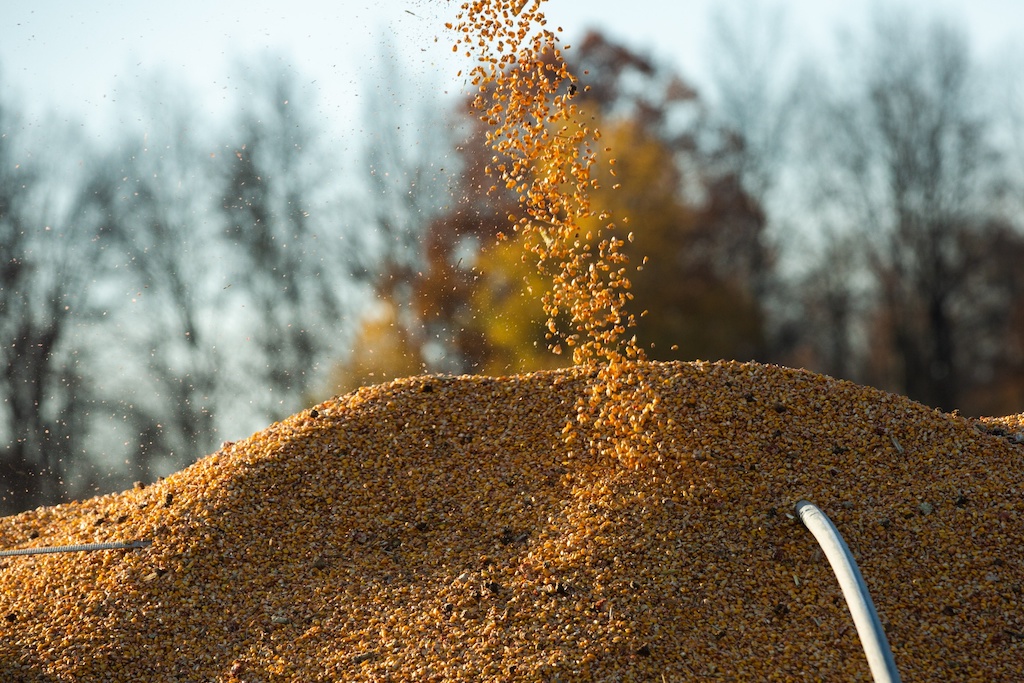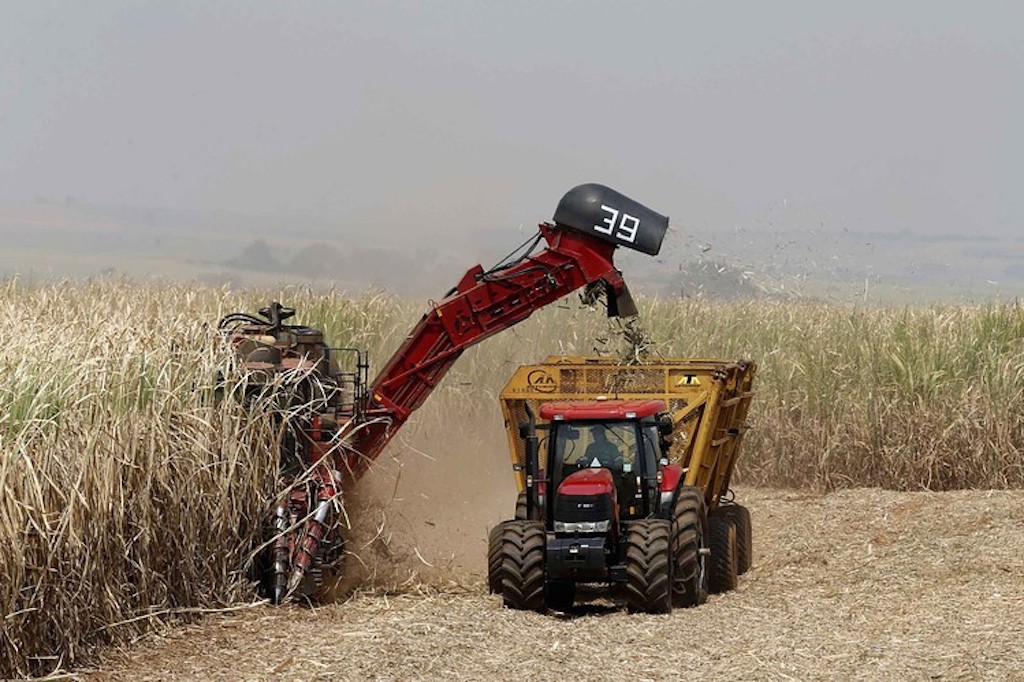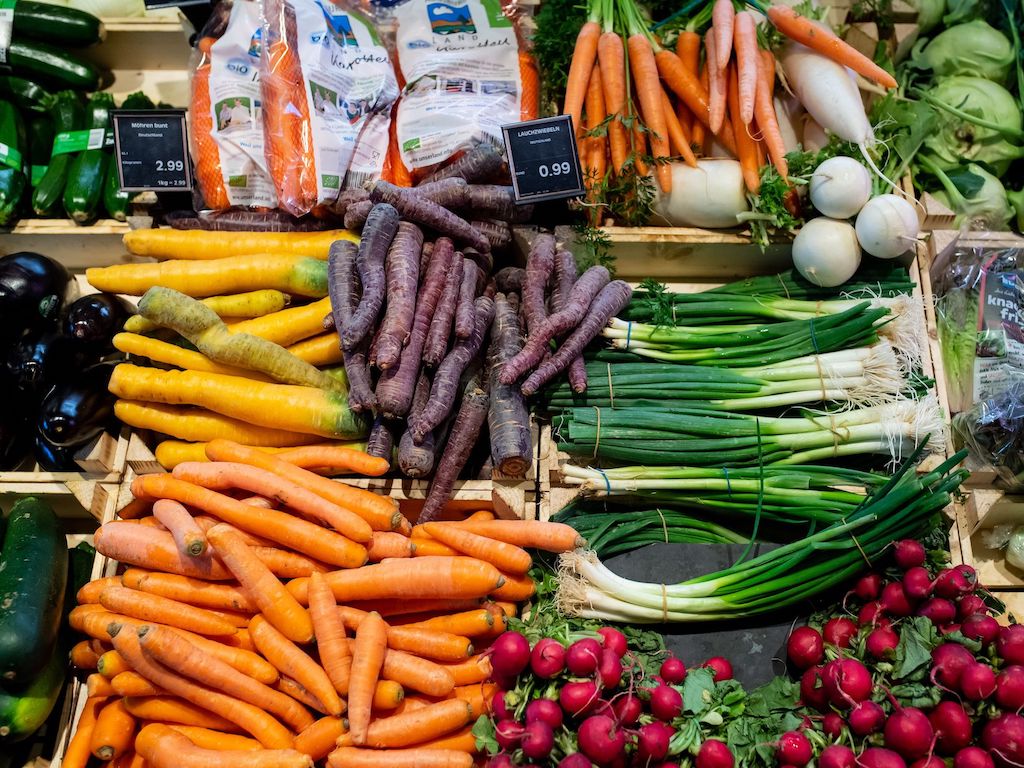Low-Income Countries To Be Hardest Hit As Global Food Prices Make Biggest Spike In Decade, U.N. Warns
3 Mins Read
Global food prices have risen to decade-high levels, with low-income countries to be most vulnerable, the U.N. Food and Agriculture Organisation (FAO) has warned. Predominantly in Asia-Pacific and Africa, many of these economies have already been ravaged by the impacts of the pandemic, and will now be under additional food insecurity threats from rising costs.
Global food prices posted its biggest monthly jump since 2011 in May this year, reported the FAO earlier this month, with the Food Price Index averaging 4.8% higher than the month before and up nearly 40% year-on-year. The value of commonly-traded food is only 7.6% below its all-time peak.
According to the Bloomberg Agriculture Spot Index, which measures the cost of key food commodities such as grains, sugar and coffee, prices are now up 70% from the previous year.
The main driver of the food price rise appears to be the unpredicted demand for corn from China, the ongoing drought in Brazil and overall higher use in key commodities such as oils, sugar and cereals in recent months, while production growth has slowed down in Southeast Asian countries, particularly palm oil and soy oil.

Other key factors include the higher use of bio-diesels and steadily creeping costs of meat and dairy production, while China continues to push the “unpredictably huge” pace of import purchases.
Prices have continued to rise despite the FAO reporting that cereal production is on track to reach all-time highs. In its first forecast for world cereal production in 2021, the U.N. agency estimates that maize output will grow 3.7% annually this year to be pegged at nearly 2,821 tonnes – a new global record.
“Total cereal food consumption is forecast to rise in tandem with world population, while an increased use of wheat for animal feed is also anticipated,” said the FAO in a press statement.
While the average grocery bill will creep up across the board for all consumers, those in low-income countries are set to be the hardest hit. The world hunger crisis has already reached its worst in years, after more than a year of the pandemic exacerbating inequalities, as well as ongoing political conflicts concentrated in developing nations.

The U.N. warned last year that progress on nearly all of the Sustainable Development Goals (SDGs) has been undone as a result of Covid-19 and its impacts, and tens of millions are at risk of being pushed into extreme poverty and hunger.
Speaking to Reuters about the trend of rising global food prices, Josef Schmidhuber, deputy director of trade and markets at the FAO, said: “The problem is not the world facing higher prices. The issue is vulnerable countries.”
Countries currently categorised by the FAO as Low-Income Food-Deficit – a list dominated by nations in Asia and Africa – are forecast to see their food import costs rise by as much as 20% this year. Many of these economies, such as Vietnam, India, Bangladesh, Nepal, were already vulnerable amid the pandemic and lack of tourism.
Other nations such as Nigeria and Yemen are facing the compounding issues of political and social conflict, putting them in further risk of malnutrition, hunger and food insecurity.
Lead image courtesy of Getty.



